Artemisia Gentileschi
Lesser-known, often misread, but never quiet.
In the dramatic, candlelit world of 17th-century Baroque art, Artemisia Gentileschi stands as a colossus. Her name may not have eclipsed Caravaggio’s in her lifetime, but her canvases—raw, vivid, and unapologetically female—carved a legacy that resonates with unmatched intensity.
She was a visionary of defiance, desire, and interiority.
A Prodigy
Born July 8, 1593, in Rome, Artemisia was the eldest child of Orazio Gentileschi, a painter steeped in Caravaggio’s radicalism, and Prudentia Montoni, who died when Artemisia was 12.
Raised in her father’s studio, she learned to paint amid a swirl of male artists, models, and patrons, absorbing chiaroscuro while developing a psychological depth all her own.
At 17, she completed Susanna and the Elders (1610), a painting that signaled her voice: unlike the erotic Susannas of male painters, her Susanna recoils, her body turned in anguish, not performance.
Women were barred from apprenticeships and life-drawing classes.
Artemisia’s training was hard-won, her brush both an inheritance and an instrument of rebellion.
A Trial That Tried to Define Her
In 1611, at 18, Artemisia was raped by Agostino Tassi, a painter her father had hired to tutor her. Tassi had a history of violence, including charges of incest and conspiring to kill his wife. When he refused to marry Artemisia (then the expected remedy), her father sued.
The 1612 trial was a brutal spectacle.
Artemisia was subjected to gynecological exams and tortured with thumbscrews to “prove” she was telling the truth. Tassi received a short sentence that was never enforced. Artemisia endured the fallout, public shame, artistic scrutiny, and personal pain.
This trauma often overshadows her legacy.
Critics link her Judith Slaying Holofernes (c. 1613), to her personal vengeance. But to see her work only through that lens diminishes her.
She wasn’t painting revenge. She was reimagining agency.
Florence: Stardom and Scandal
After the trial, Orazio arranged Artemisia’s marriage to Pierantonio Stiattesi, a minor artist. They moved to Florence, where she came into her own.
In 1616, she became the first woman admitted to the Accademia delle Arti del Disegno, a groundbreaking achievement.
She painted for the Medici, for Michelangelo Buonarroti the Younger, and for herself. Her Allegory of Inclination, commissioned for the Casa Buonarroti, featured a nude figure later censored with drapery.
In Florence, she learned to read, write, and thrive intellectually.
In 2011, letters revealed a years-long affair with Francesco Maria Maringhi, a Florentine nobleman who supported her financially. Her husband knew. He even wrote notes to Maringhi on the backs of Artemisia’s letters. By 1620, with court gossip swirling and debts rising, the couple fled Florence.
The marriage would not recover.
Cultural Canvas is a reader-supported publication. Every like, comment, share, and donation helps us grow—your support truly matters!
A Nomad’s Canvas: Rome, Venice, Naples, London
Rome proved unrewarding. Venice, more promising. In Venice, intellectual circles praised her.
She painted Lucretia (c. 1623–25), in which the heroine wrestles with despair before suicide, rendered with dignity and dread.
She later settled in Naples, her most stable home, where she ran a bustling workshop, raised her daughter Prudenzia, and crafted altarpieces, allegories, and private commissions.
One of her crowning achievements from this period is Bathsheba at Her Bath (c. 1645), where Bathsheba, usually a passive beauty, is depicted surrounded by women, contemplative, sovereign.
She traveled to London around 1638 to assist her aging father. There, she painted Self-Portrait as the Allegory of Painting—her as “Pittura” incarnate, brush in hand, owning the title men tried to keep from her.
The Grit Beneath the Gilding
Artemisia’s life was not all triumph. Her marriage failed. She raised her daughter mostly alone. She struggled with clients who underpaid or ghosted. Some accused her of claiming works painted by others.
But her determination never faltered.
Her Lot and His Daughters (c. 1638) delves into moral murkiness with arresting realism.
She painted taboo. She painted discomfort. She wasn’t seeking moral approval.
She was painting what others looked away from.
A Legacy That Outlives the Frame
Artemisia Gentileschi was mortal, brilliant, wounded, fearless, flawed. She loved and fought. She lost and painted through it.
Her Mary Magdalene in Ecstasy pulses with spiritual transcendence, not shame. Her Clio, Muse of History turns the record keeper into the record maker. Her early Madonna and Child, likely painted when she was just 17, exudes restraint, softness, and promise.
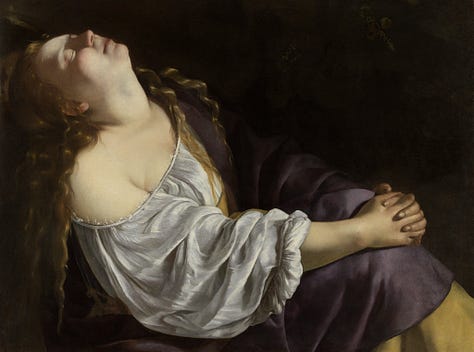

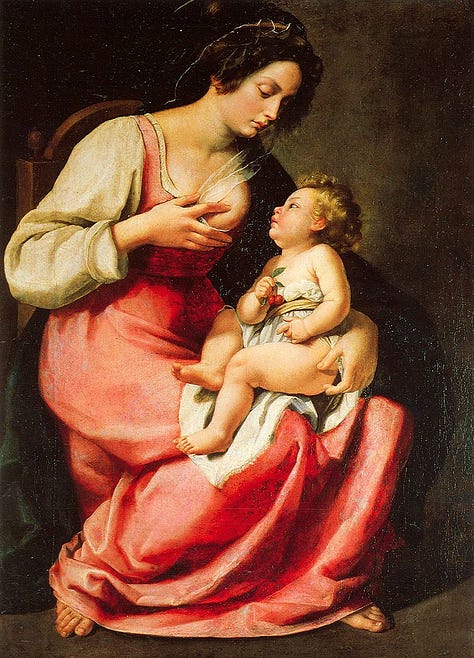
Her canvases hang in the Prado, the Uffizi, the National Gallery. But her truest legacy lives in every act of artistic refusal, every woman who paints, speaks, or writes herself into permanence.
She wasn’t painting revenge. She was reimagining agency.
Artemisia painted to be remembered.
Thank you for being part of Cultural Canvas! If you love what we do, consider supporting us to keep it free for everyone. Stay inspired and see you in the next post!


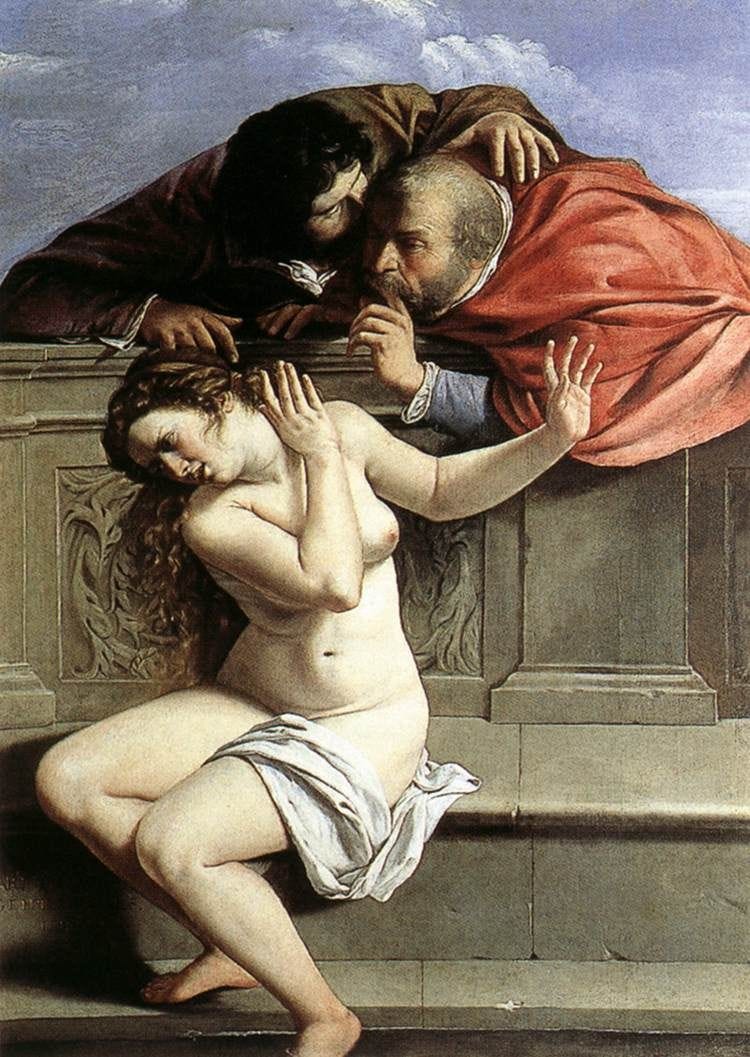

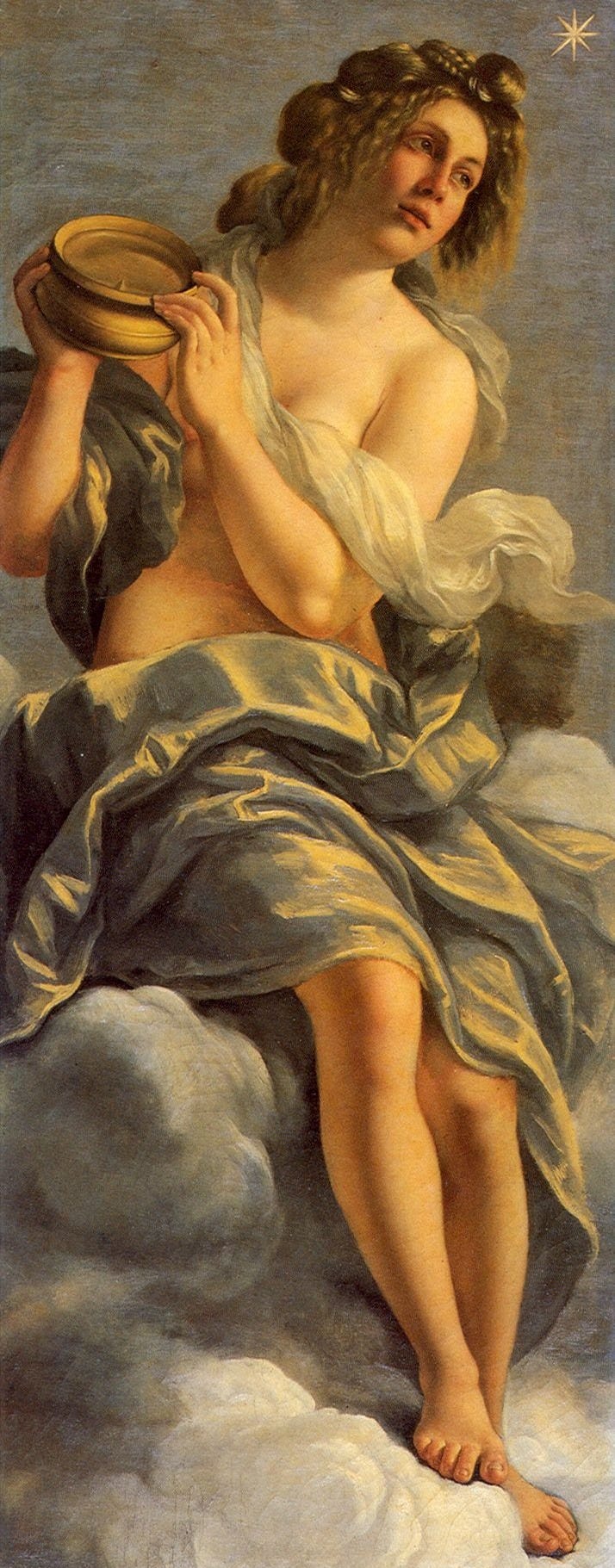
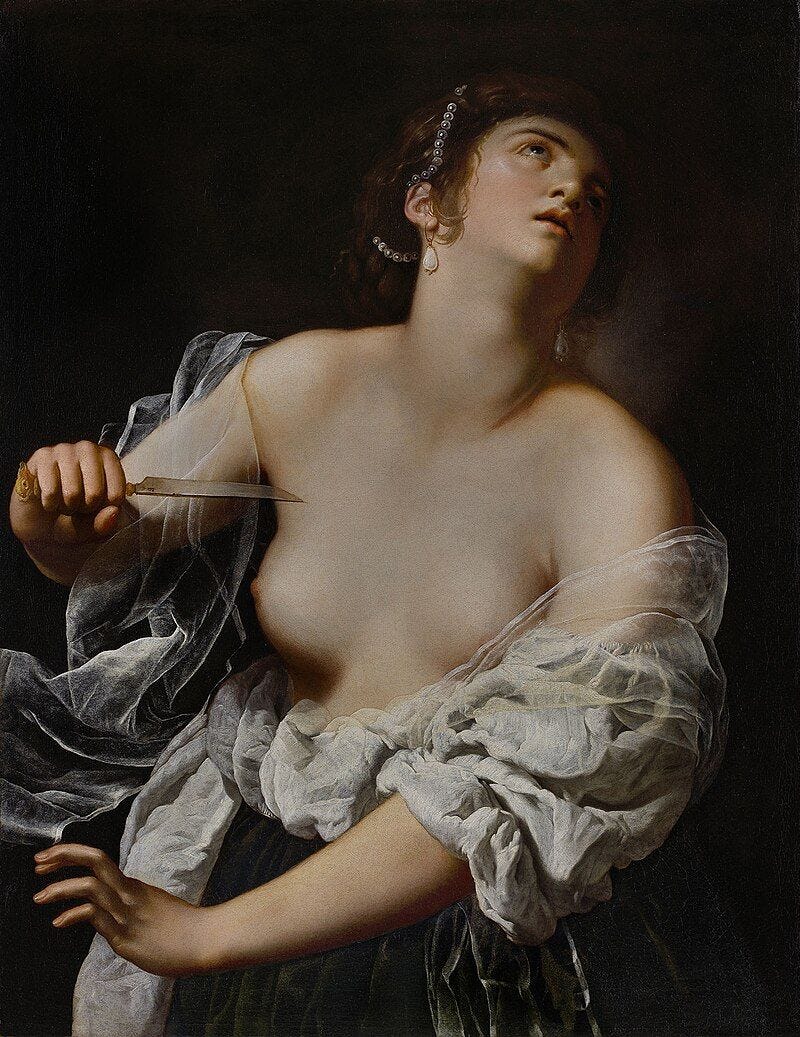
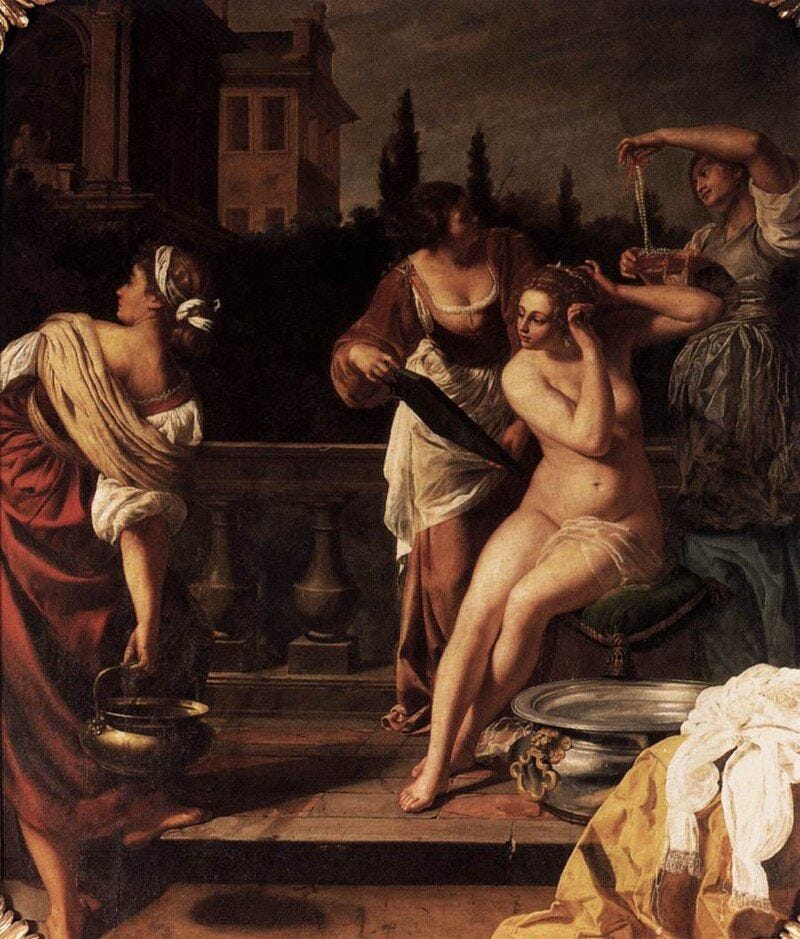
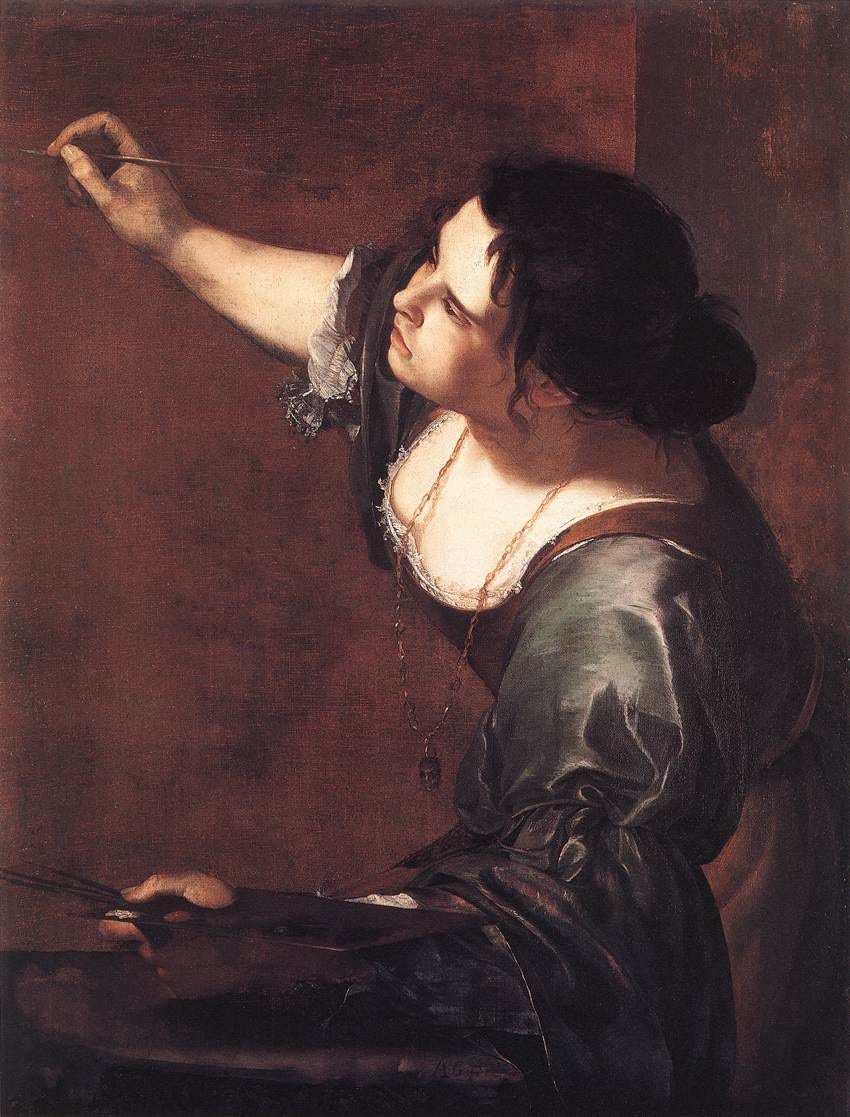
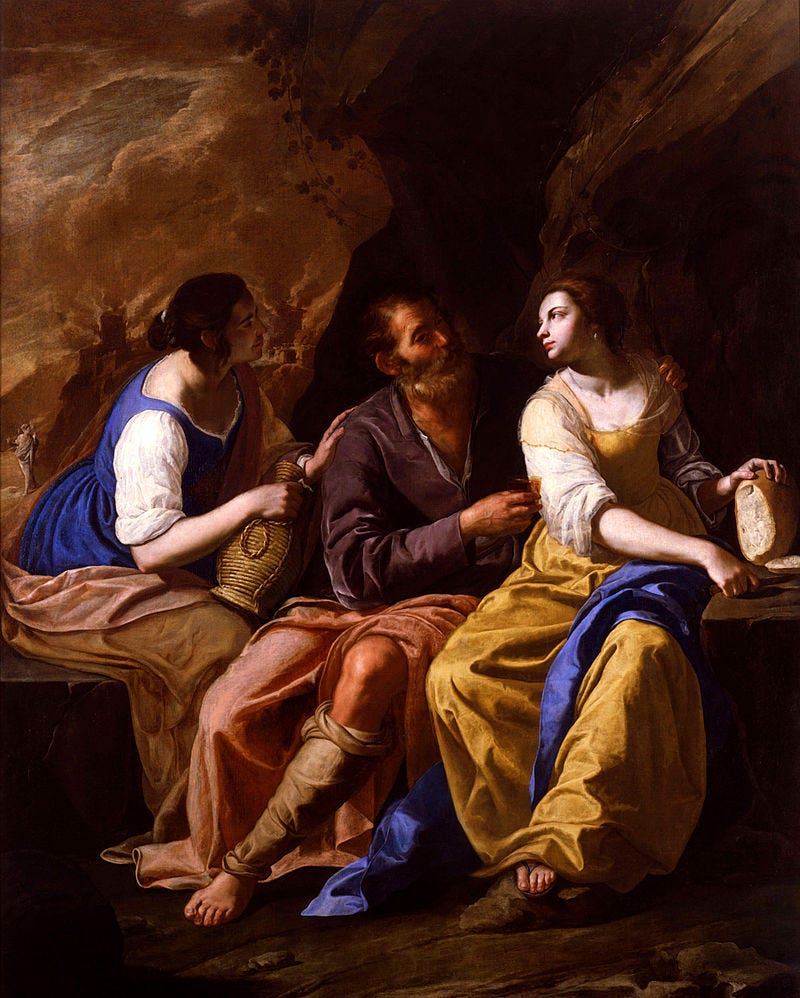

What a story! She refused to be identified by her circumstances and chose beauty over despair. She has a beautiful touch on canvas - except for Bathsheba, where she painted the head too small. Thanks for sharing.
Beautiful introduction to this great artist! Thank you.